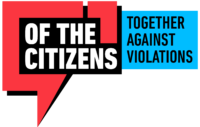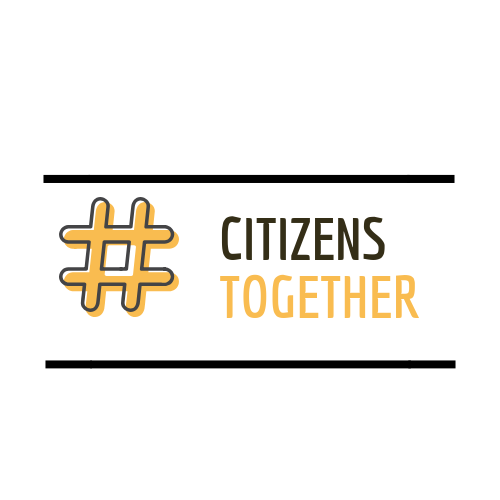Over the many decades; India has grown significantly from a monarchy to a republic. On 26th January of 1950, India chose a path to serve its people through a modern republic. A State founded on the idea of sovereignty which rests with the people, though the inclusion and exclusion from various categories of the people have varied across history. Because citizens do not govern the state themselves but through representatives, republics may be distinguished from direct democracy, though modern representative democracies are by and large republics.
The term republic may also be applied to any form of government in which the head of state is not a hereditary monarch.
The significance of this day is not just to honour the date on which the Constitution of India came into being, it is important that the Constitution of India guarantees equality for all its citizens irrespective of caste, creed, religion, gender, etc. after India became free from the British colonial rule of 200 years.
After the independence in 1947, a constitution drafting committee was structured led by Dr BR Ambedkar as its chairman. India became a sovereign, secular and democratic nation after the Constitution of India came into effect in 1950.
Marginalized communities’ upward mobility had been ensured the day the Constitution of India came into existence and started claiming their socio-economic and political rights. Remembering the famous speech of Dr B R Ambedkar:
“We are going to enter into a life of contradictions. In politics, we will have equality and in social and economic life we will have inequality.
In politics, we will be recognizing the principle of one man one vote and one vote one value.
In our social and economic life, we shall, by reason of our social and economic structure, continue to deny the principle of one man one value.
Right after the independence political spheres focused on their people, designed policy and established institutions to uplift marginalized communities. The federal structure was implemented to empower every last citizen of the country.
However, after seven decades, it seems unfinished.
Over the period of time, economic inequalities have grown significantly globally. This phenomenon can be seen globally as the top 10% world population acquired 76% wealth and similarly, 50% of the world population have 2% wealth only (Global Inequality report 2020).
Global inequality has created a huge divide and directly affected the poor and the marginalized community of India.
Two-thirds of people in India live in poverty: 68.8% of the Indian population lives on less than $2 a day. Over 30% even have less than $1.25 per day available – they are considered extremely poor. This makes the Indian subcontinent one of the poorest countries in the world; women and children, the weakest members of Indian society, suffer most – SOS Childrens Villages
India has not counted its poor since 2011. But the United Nations estimated the number of poor in the country to be 364 million in 2019 or 28 per cent of the population. All the estimated new poor due to the pandemic is in addition to this.
The recent Global Hunger Index ranks India at 101 positions out of a total of 116 countries. India is also among the 31 countries where hunger has been identified as serious. India ranked 94 among 107 countries in the Global Hunger Index (GHI) released last year.
After the Independent, Jawaharlal Nehru led government approached socialism to achieve both welfare and growth. This approach helped registered a rate of growth (3.5%).
India gradually progressed in reducing poverty, illiteracy, unemployment etc. however, it is meagre in comparison to other Asian countries.
In the last seven decades, Union Governments has made several policy changes despite that poverty remain one of the major problems to solve. Unfortunately, since independence, there has been no significant reduction in numbers of poverty and starvation.
As per the recent Oxfam report, India is a highly unequal country. The Oxfam statistics suggests that the top 10% population holds 77% wealth of total wealth.
India’s society is already fractured and divided into castes, religion, region and gender and the increasing income inequality has worsened these divides.
Rising inequality has trapped the poor in a vicious circle of poverty. And at the same time India’s public expenditure, especially in the health sector, is among the lowest country.
Similarly, public education required government attention and immediate action in enhancing the school infrastructure. Education policy 1968 recommended that government should spend 6% of the GDP on education, however, economic survey 2019-20 data says that only 3.1% of India’s GDP was spent on education in 2019-20.
Instead of focusing on grave issues such as inequality, in the last couple of years, we are seeing continuous attacks on the very basic fabric of Indian democracy and its principles. The union government has failed in defending the communal ethos. Instead, the BJP government orchestrated the destruction of the democratic institution and has been curtailing the rights of its citizens.




Meaningful covered the journey of India from Past to Present.
Also the article focused and pointed the idea of establishment of the federal structure and constitution of India. Backed with the data which helped in visualising the India’s common people through numbers.
The most important this article advocate for the area of work that need to be done.